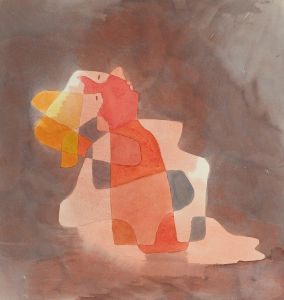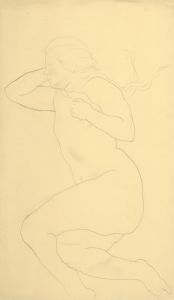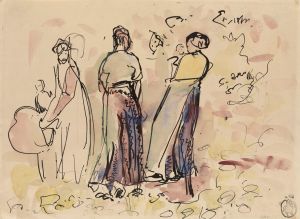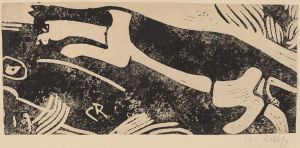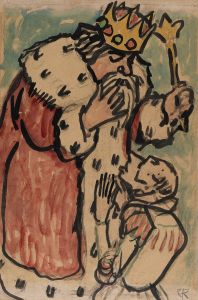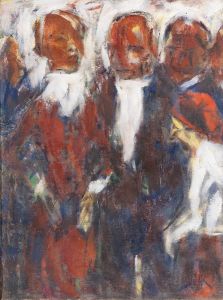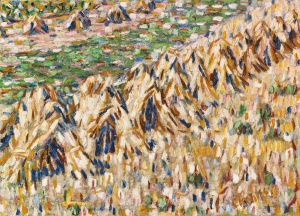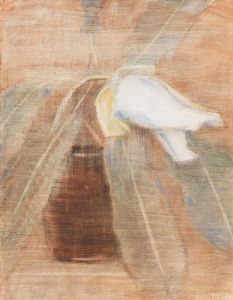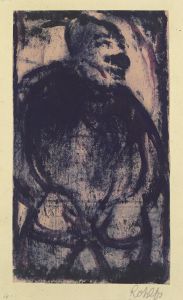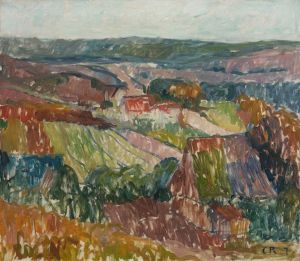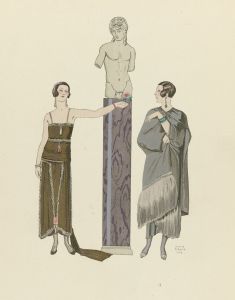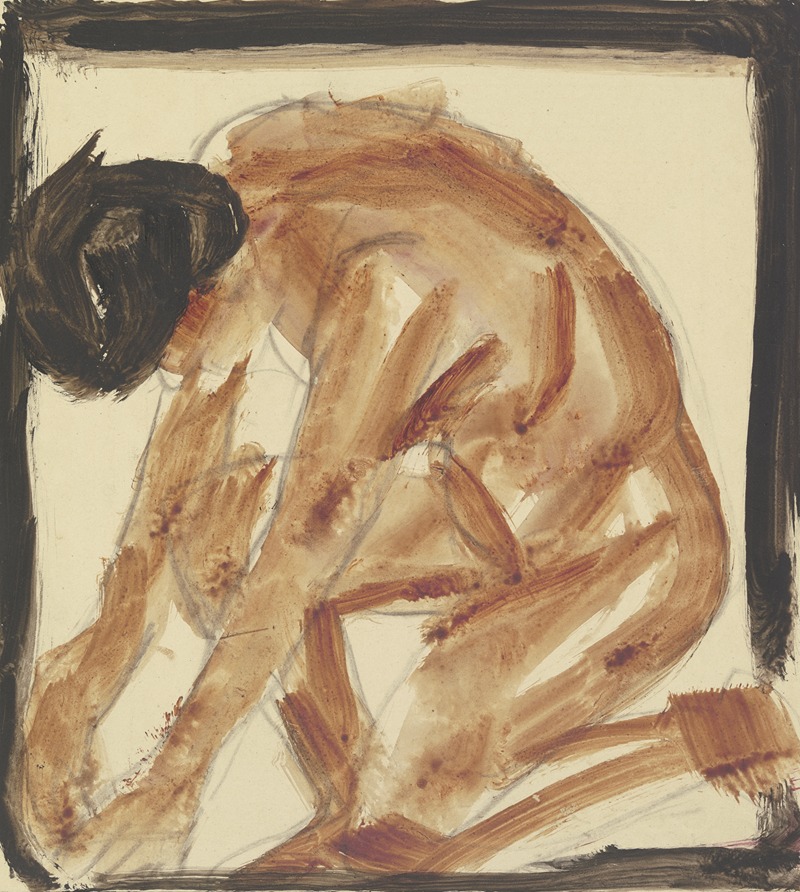
Kneeling nude to the left
A hand-painted replica of Christian Rohlfs’s masterpiece Kneeling nude to the left, meticulously crafted by professional artists to capture the true essence of the original. Each piece is created with museum-quality canvas and rare mineral pigments, carefully painted by experienced artists with delicate brushstrokes and rich, layered colors to perfectly recreate the texture of the original artwork. Unlike machine-printed reproductions, this hand-painted version brings the painting to life, infused with the artist’s emotions and skill in every stroke. Whether for personal collection or home decoration, it instantly elevates the artistic atmosphere of any space.
Christian Rohlfs was a prominent German painter, known for his contributions to Expressionism. Born on December 22, 1849, in Niendorf, Germany, Rohlfs initially studied at the Grand Ducal Saxon Art School in Weimar. His early work was influenced by Impressionism and Post-Impressionism, but he later became associated with the Expressionist movement, which emphasized emotional experience over physical reality.
"Kneeling Nude to the Left" is one of Rohlfs' works that exemplifies his mature style. Although specific details about this painting are scarce, it is reflective of Rohlfs' broader artistic themes and techniques. Rohlfs often explored the human form, capturing emotional depth and movement through bold brushstrokes and a vivid color palette. His work frequently depicted figures in dynamic poses, emphasizing the expressive potential of the human body.
Rohlfs' transition to Expressionism was marked by a shift towards more abstract forms and a focus on the emotional and psychological aspects of his subjects. This change was partly influenced by his exposure to the works of Vincent van Gogh and Edvard Munch, whose use of color and form to convey emotion resonated with Rohlfs. By the early 20th century, Rohlfs had become a leading figure in the German Expressionist movement.
The painting "Kneeling Nude to the Left" likely embodies these characteristics, showcasing Rohlfs' ability to convey emotion through the depiction of the human figure. His use of color and form would have been intended to evoke a visceral response from the viewer, a hallmark of Expressionist art. Rohlfs' work often featured a sense of movement and fluidity, capturing the essence of his subjects rather than their precise physical details.
Rohlfs spent much of his career in Hagen, Germany, where he was invited by the art collector Karl Ernst Osthaus to join the artists' colony at the Folkwang Museum. This environment provided Rohlfs with the opportunity to experiment and develop his unique style further. Despite facing challenges, including the loss of his eyesight later in life, Rohlfs continued to paint until his death on January 8, 1938.
Throughout his career, Rohlfs received numerous accolades and his work was exhibited widely. However, during the Nazi regime, his art was labeled as "degenerate," and many of his pieces were removed from German museums. Despite this setback, Rohlfs' legacy endured, and his contributions to modern art continue to be recognized and celebrated.
In summary, while specific information about "Kneeling Nude to the Left" is limited, it can be understood within the context of Christian Rohlfs' broader body of work. His paintings are characterized by their emotional intensity, innovative use of color, and expressive portrayal of the human form, all of which are key elements of the Expressionist movement.





